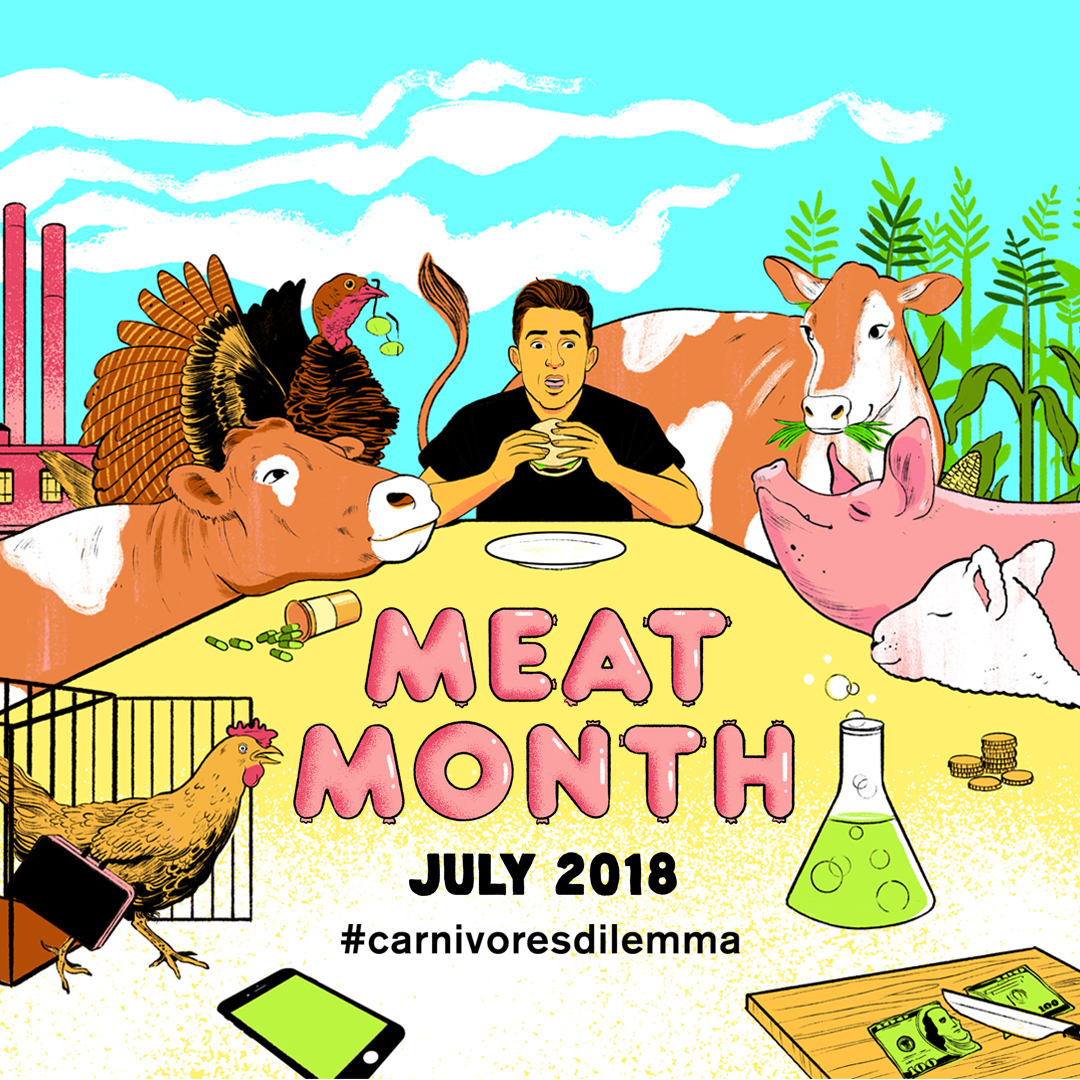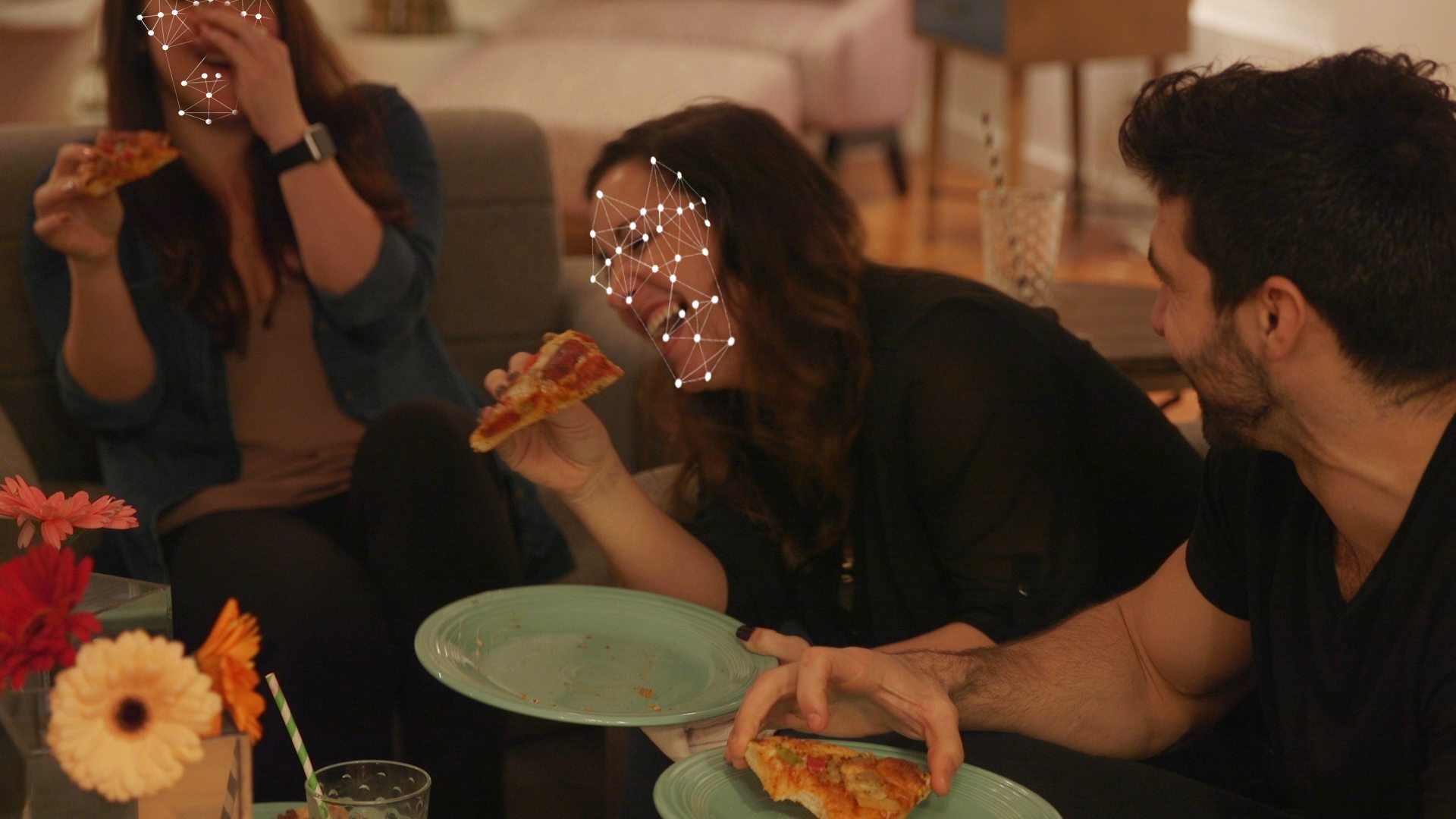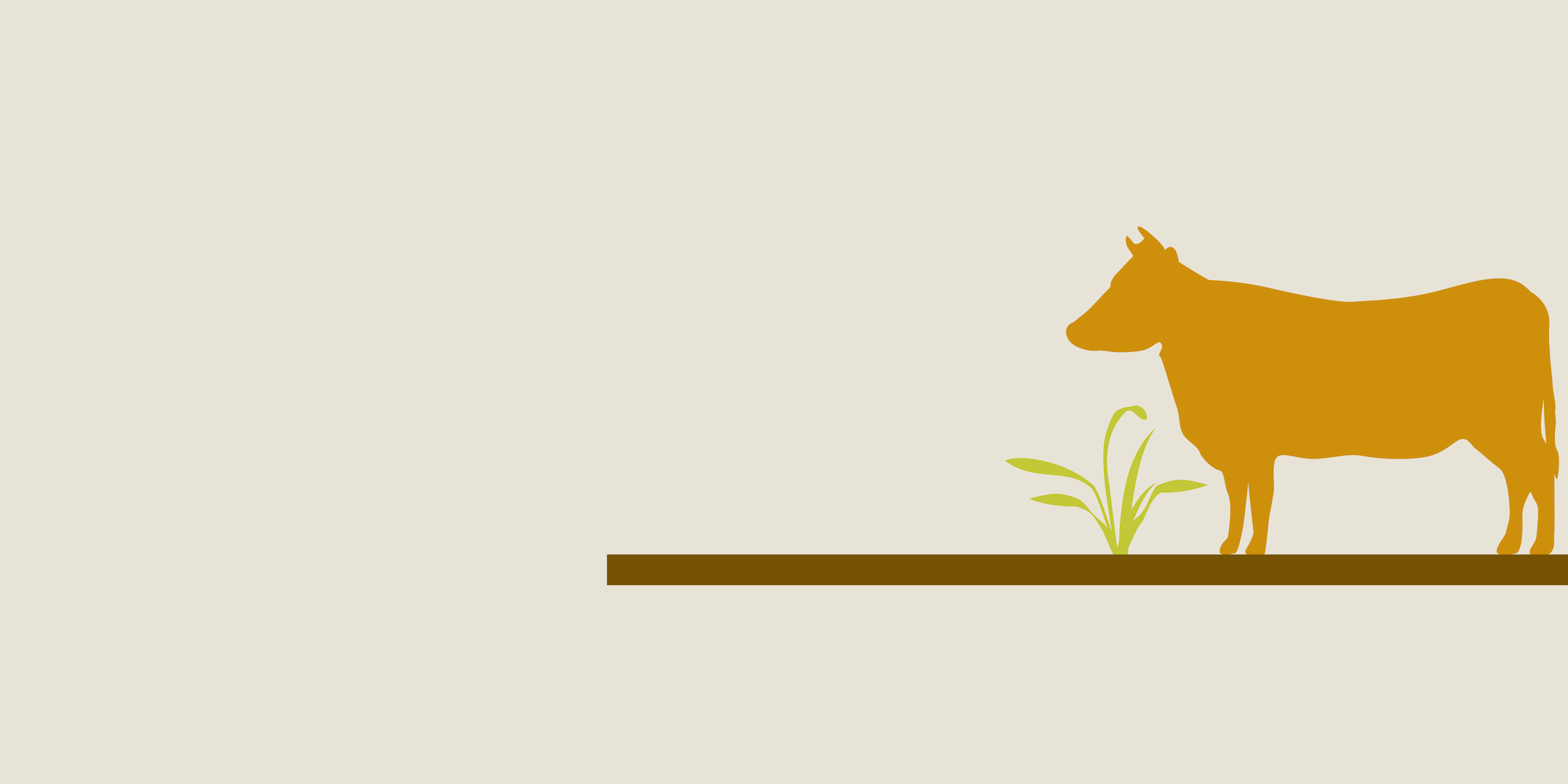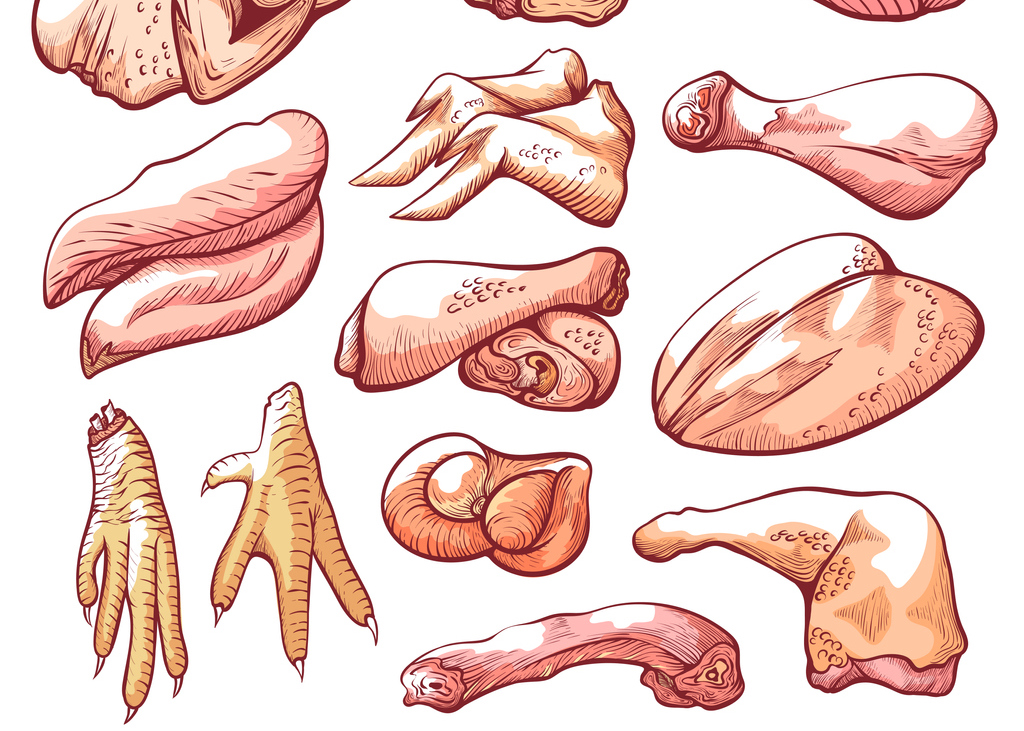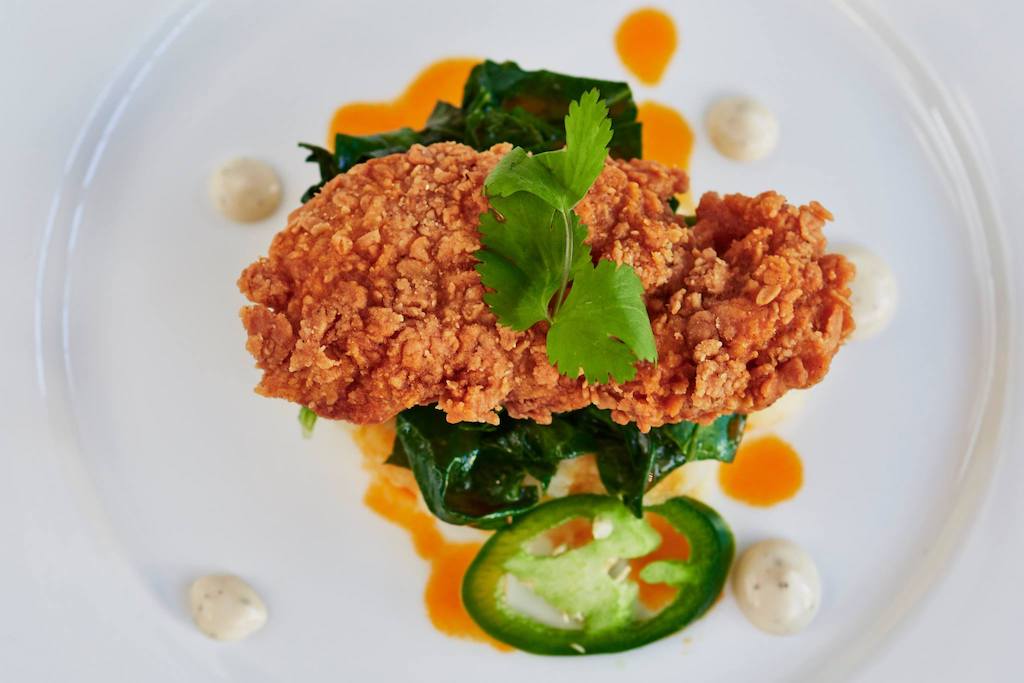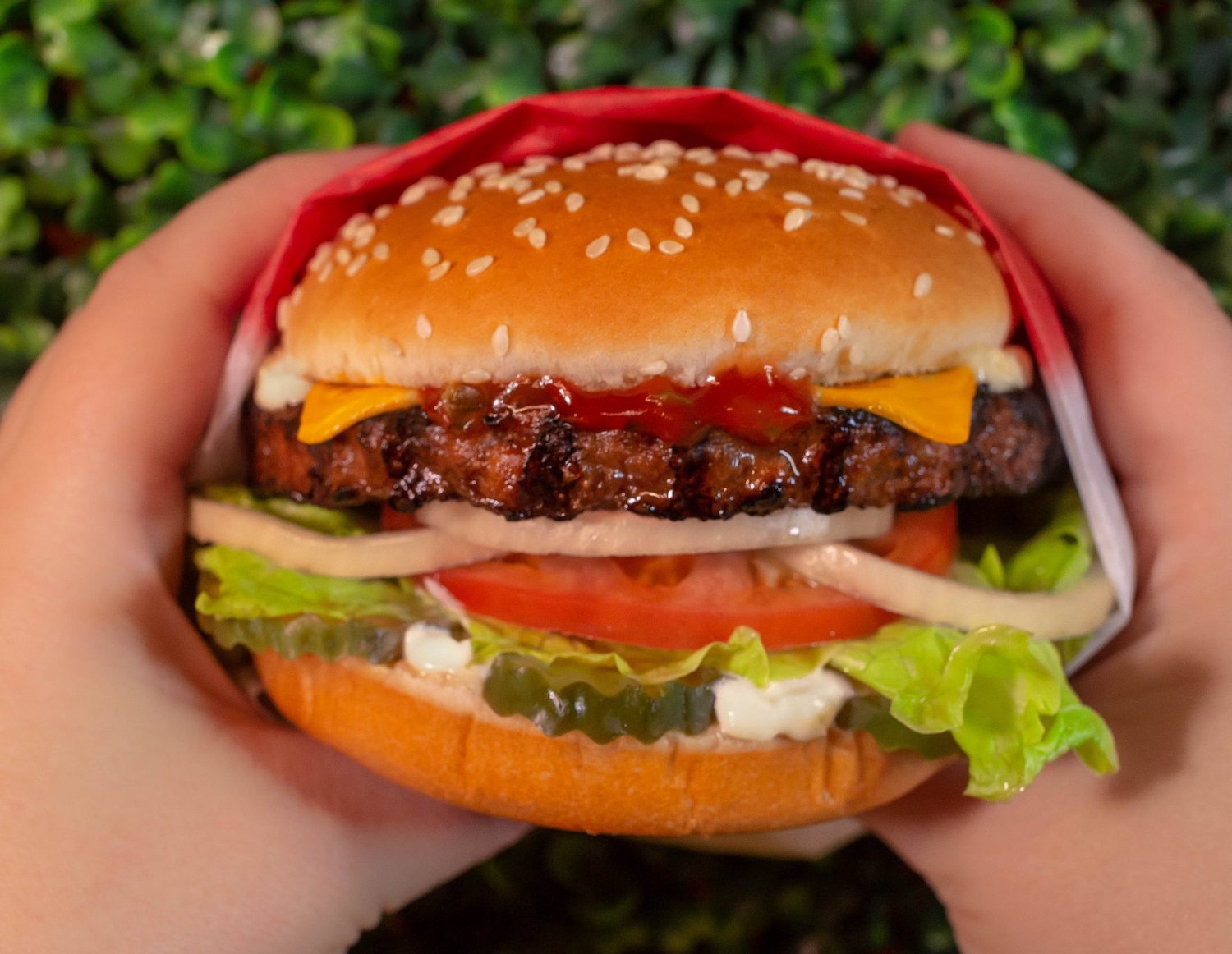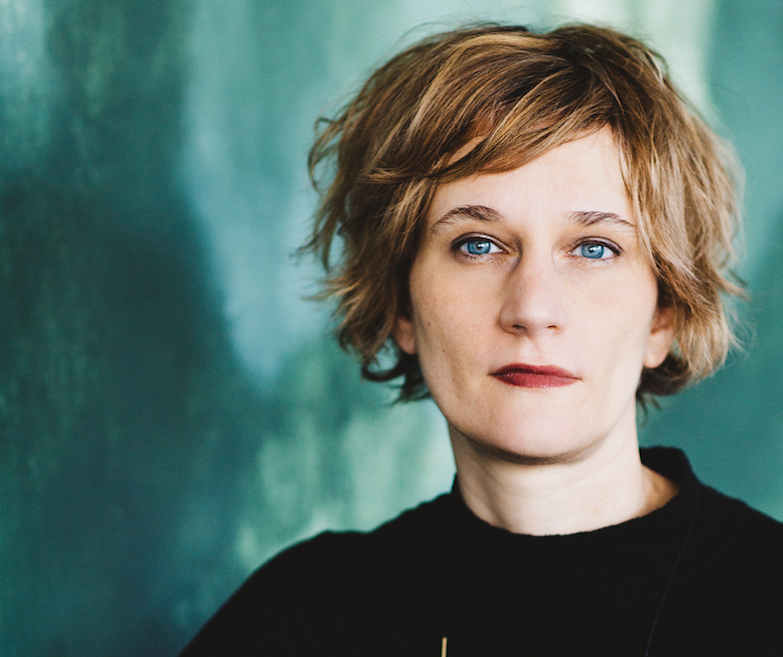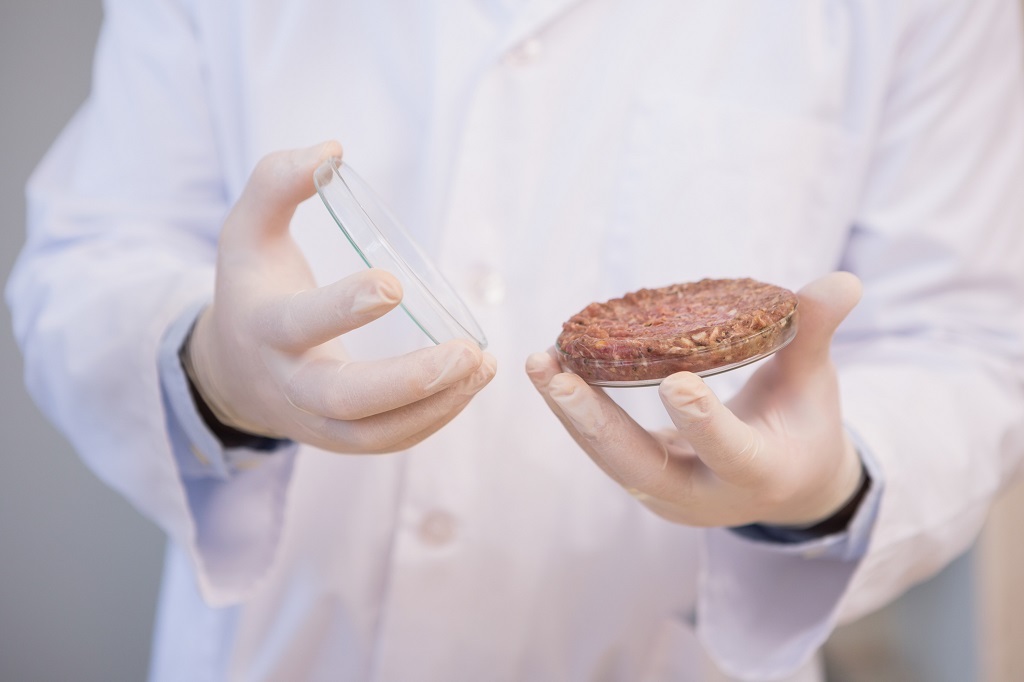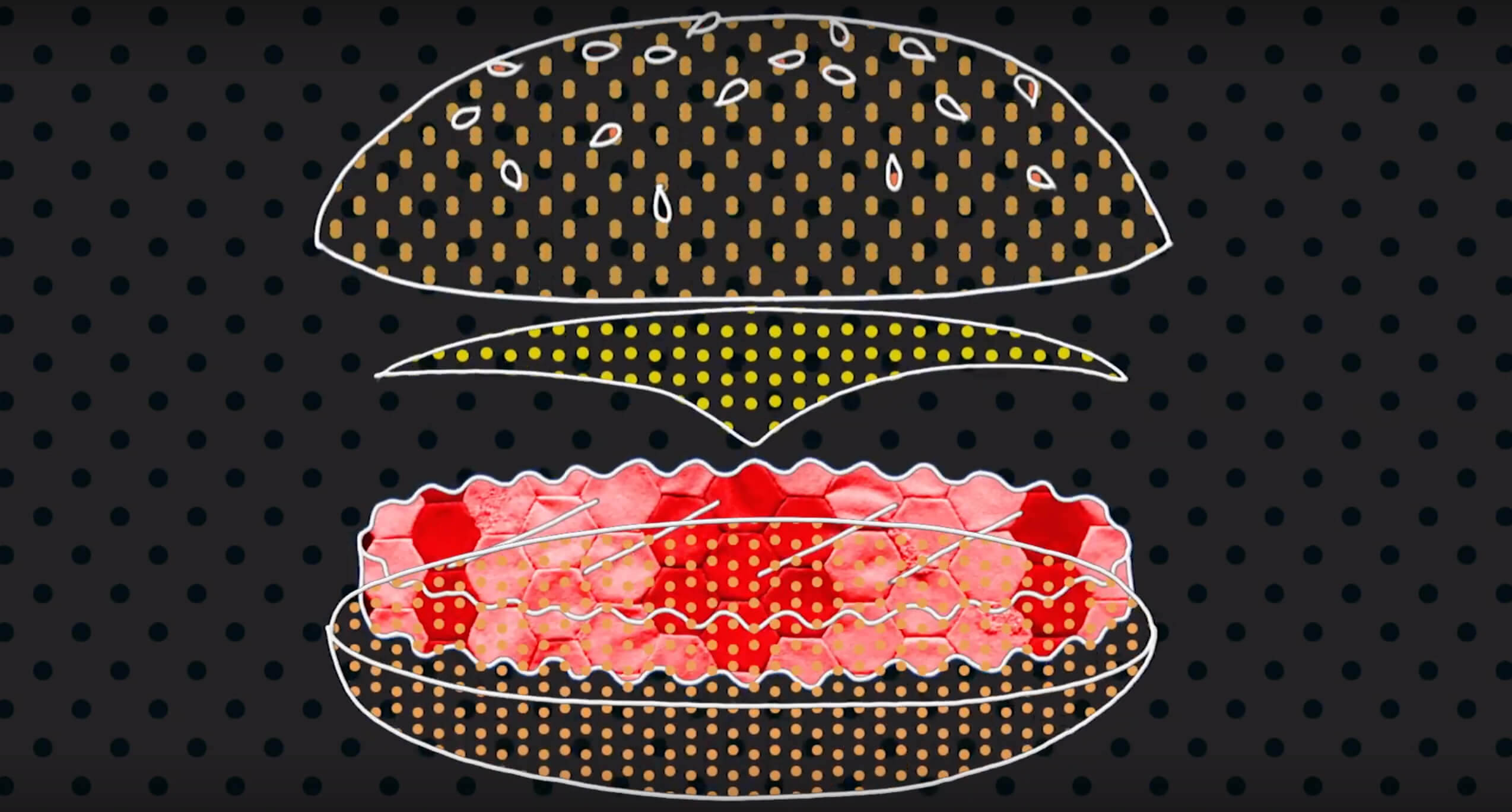
University of California
On the same day that a group of five startup companies announced a formal intention to start lobbying Capitol Hill, set on muscling futuristic forms of chicken nuggets, spicy tuna, and meatballs through an unfriendly regulatory regime, a meandering, gentle-speaking academic was explaining to me why those foods even existed in the first place.
Benjamin Aldes Wurgaft writes about the guiding lights of the American diet, from Julia Child to Starbucks. An anthropologist by training, he looks at food as the embodiment of cultural values and desires, and our appetites as constructions of power and hierarchy. Wurgraft’s new book, Meat Planet: Artificial Flesh and the Future of Food, officially released today, is his third. It’s about cultured meat—a new kind of protein made by scientists growing animal cells into muscle fibers. Biologically, it’s meat, but it’s so much more.
In the bemused, dispassionate voice of an ethnographer, Wurgaft traces cultured meat’s development by looking at the people who’ve pushed it ahead, as it’s grown from an experimental offshoot of biomedical sciences and tissue engineering, into a venture capital-backed consumer product that’s still years away from arriving on supermarket shelves. Based on five years of research, the book begins in 2013, when a Dutch scientist named Mark Post unveiled the first prototype. Wurgaft flutters through laboratories, investment firms, futurist forums, and conferences and symposia where people try to come to terms with what this emergent technology is really all about.
Historian Benjamin Aldes Wurgaft’s Meat Planet looks at meat through the lens of culture
Wurgaft zeroes in on those contradictions, and uses them as a cultural prism. The technological achievements are impressive. But what else might we surmise about a world where we’re making good on a desire to eat an animal without killing it? And what does it say about our ambition that we’re using this new, god-like ability to make hamburgers? Meat Planet is a balm for those weary of the lab meat bluster—people tired of the endless promises, and done waiting for the better days ahead, which Wurgaft calls “future fatigue.” We talked on the phone from Cambridge, where he is a visiting scholar at the Massachusetts Institute of Technology.
So how’d you get into this? Why meat?
My mother’s an anthropologist, and I grew up with her field work, which often had to do with food. Her name is Merry White. She wrote a book about coffee in Japan that may not be that well-known, but is well-known to some. She and I just finished co-authoring a short book on food history, which I’m submitting to a press pretty soon.
In my mid-20s, I went out to Berkeley for graduate school. Food writing was my way of eating slightly better than I would have been able to afford on my school stipend. I wrote about a lot of different topics—I wrote about the relationship between food smells and ethnic tension, I wrote about the cost of expensive meals, I wrote about cheese and organic food. And I wrote about meat for a kind of art magazine [Meatpaper]. There were all kinds of articles about clothing made from meat, and all forms of delicious meat, and the undeliciousness of meat production.
In Meat Planet, you explain that “protein is protean.” Meat means different things to different people. What does it mean to you?
Meat is usually the proteinaceous, optional thing. It is the thing that I tend to eat more of than I need. It’s from an animal—I don’t use the word “meat” to describe nuts. I definitely think that meat involves, on some level, the death of an independent organism. But you know, when you get adjectival, it obviously gets different. Mushrooms have a meatiness.
Is making meat from animal cells a way to raise the morale of more people—the rising middle classes in countries like China and India, who want beef, too?
I used to think that lab-grown meat was going to be about China and India, and it was going to be about avoiding the problem of a billion new meat eaters in the 21st century who wanted their meat the old-fashioned way—which has dire environmental consequences. But it’s become clear that the goal, for some people, is to replace conventional meat here, and get people like me to see lab-grown meat as the equivalent of meat that we already eat. My financial ability to eat meat three meals a day—which I don’t do, but could if I really wanted to—reduces the meaning of it, in a sense.
You talk about some of the early experiments with culturing meat, when artists start messing around with the technology, just to see what’s possible.
Look at The In Vitro Meat Cookbook, which was based on a series of workshops these design professors did with their students at Eindhoven University of Technology in the Netherlands. They collected a whole bunch of visual imaginings of the future of lab-grown meat. There’s origami meat. There’s a meat flower that would expand in broth. There was meat yarn that you could knit. There were all kinds of shapes of meat that are non-normative shapes of meat.
And it was a really fun project, because it was a way of saying cultured meat can be strange, it can be multiple, it could be Whitmanesque in its containing of multitudes. It was exactly the opposite of what a lot of the entrepreneurs in the lab-grown meat world would like people to imagine. They are trying to stress the way in which what they’re doing will be the same as the meat. They want a lab-grown meat that reproduces familiar forms. I think some people are worried that there will be an earmouse—that somebody will, in a joke, graft a tiny pork chop onto a mouse’s back.
Why would that worry them?
I don’t think it’s something that they’re really explicitly worried about, but it’s an example of something that would alarm them, because it would be seen as a way of stressing the unnaturalness of this, and there’s a sort of anxiety about naturalness that cultured meat people at least imagine people will have.
That used to come up when Mark Post would give a public lecture. That conversation seems to be very much not about naturalness, but about things that naturalness was pegged to, which included corporate control, and a certain form of big ag capitalism.
That shift, from whimsy to pragmatism, coincides with something else—the end of cultured meat as a far-fetched, sci-fi-like vision, perhaps 10 to 20 years out.
My colleagues just published an article about two waves of cultured meat production. From about 2000 to 2013, we were in this largely academic phase in which there were lots of things you could say about it. But it’s still not clear what cultured meat will be, and its future is indefinite. And then after 2013, startups are the primary context in which cultured meat work happens. Now it’s measured in financial quarters for the obvious reason that these projects are backed by venture capital, and VCs need ROI. Right around Mark’s hamburger demonstration, investments began to be made, and people started to think in terms of shorter time frames.
I’m trying to imagine the day when a company is finally ready to sell a cultured meat product. What kind of objections do you think people are going to raise?
Well, we’ve already seen one, and that’s the objection on environmental grounds, which comes from lifecycle assessments. So almost the first thing people are going to want is a demonstration that it’s less environmentally damaging than a conventional industrial farm. I think that there will be objections on the basis of naturalness. And I think that there will be objections on the basis of taste, inevitably, because there will be people who will say, “This doesn’t taste like the meat I know.”
And that this somehow violates the integrity of animals. That’s a weak objection, because we already violate the integrity of animals in many ways, like snipping the beaks off of baby chickens. We violate the integrity of pigs when we jam them in next to each other. We’re not known as a species for greatly venerating the integrity of other species. So it would take somebody who is a pretty hardcore Aristotelian to say, the problem with cultured meat is that it interferes with the integrity of pigness. Somebody who believes that these different kinds of beings have distinct natures that aren’t to be futzed with.
John Berger said the zoo is an epitaph to a lost relationship between humans and animals. Part of what I believe you’re trying to do in Meat Planet is write cultured meat into that epitaph.
That’s what I’m implying. You could see industrial agriculture as a kind of epitaph. And you could also see cultured meat extending that process. It’s a product of the consumer imagination in which we don’t expect to be close to the animals that we eat. We don’t even expect to be close to other people, right? We’re still in the model of industrial production—we’re just trying to shift its basis.
Cultured meat is simultaneously a radical break and a conservative move. It’s a conservative move in the sense that it attempts to conserve a model of diet, and a way of living, and a set of ideas about markets and economic and population growth, that we’ve been living with for a long time. It’s friendly to the way business is already done.
So what’s the radical break?
To completely change the basis of human subsistence.
This interview has been edited and condensed for length and clarity.


